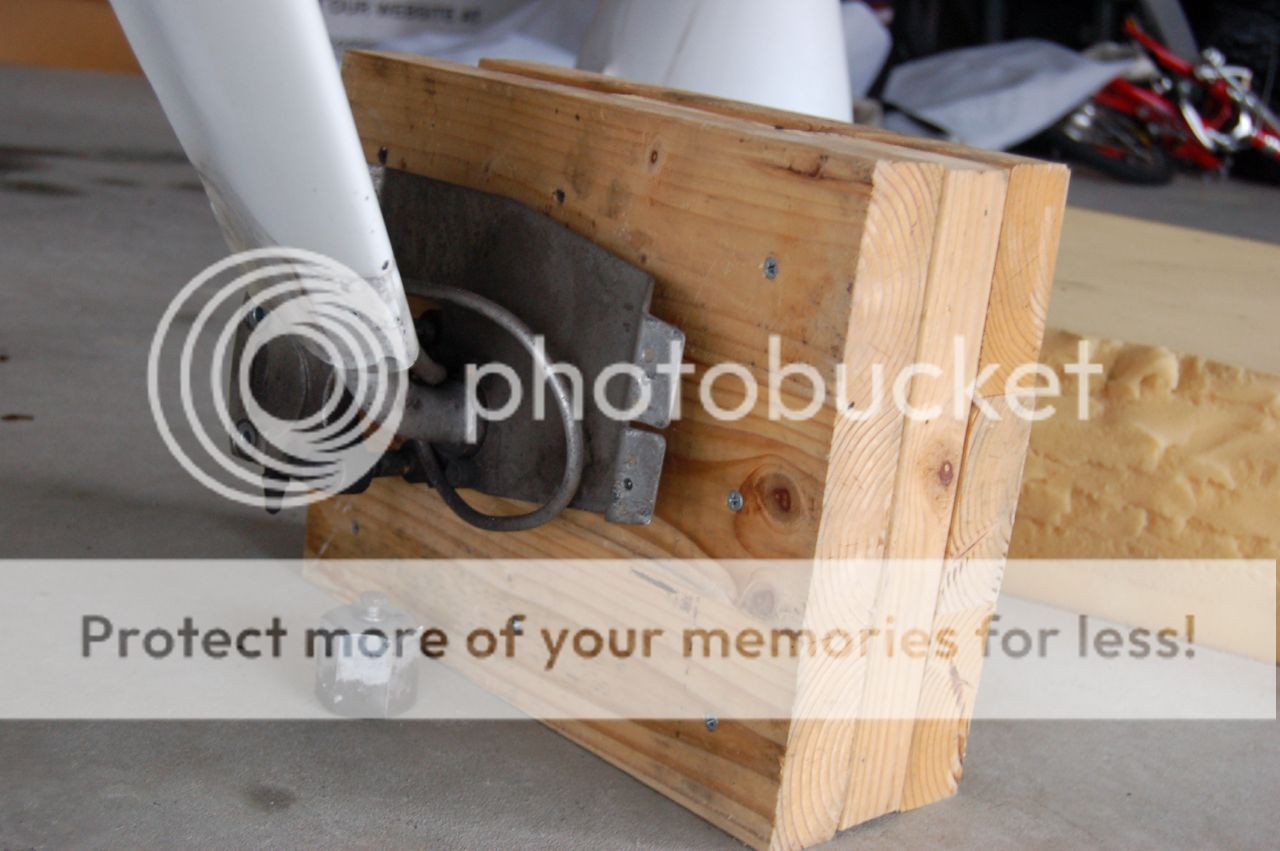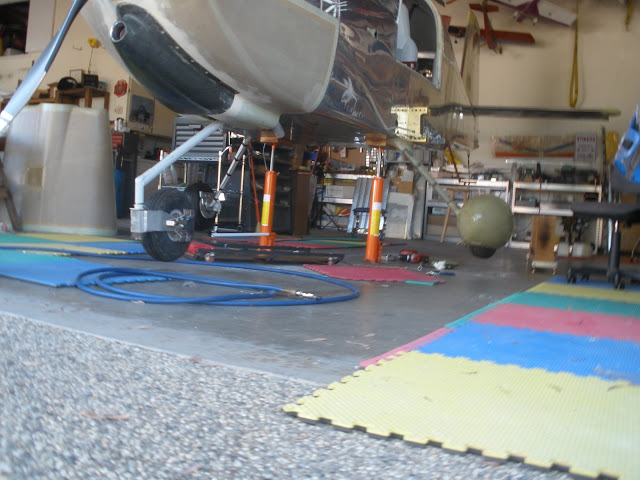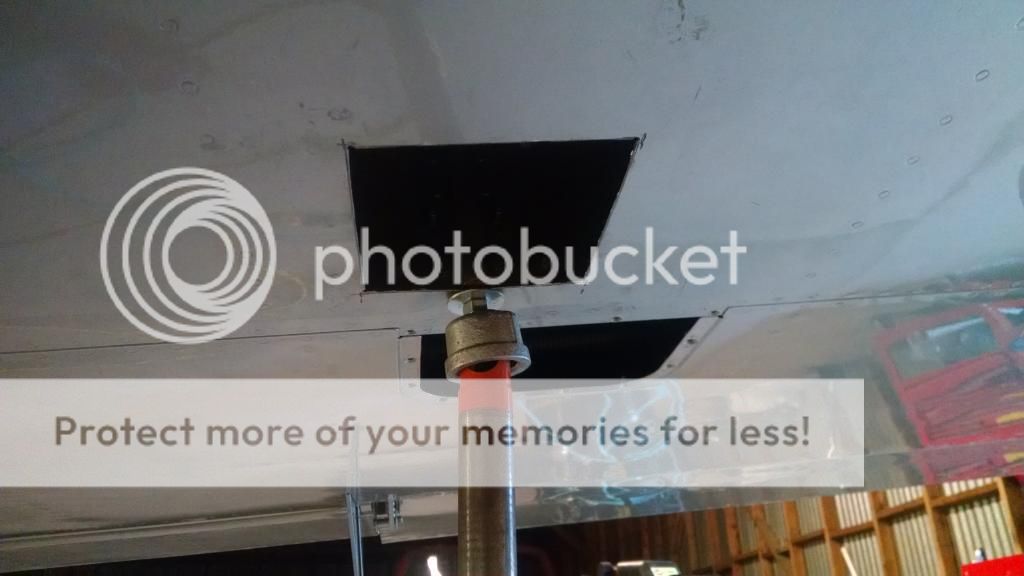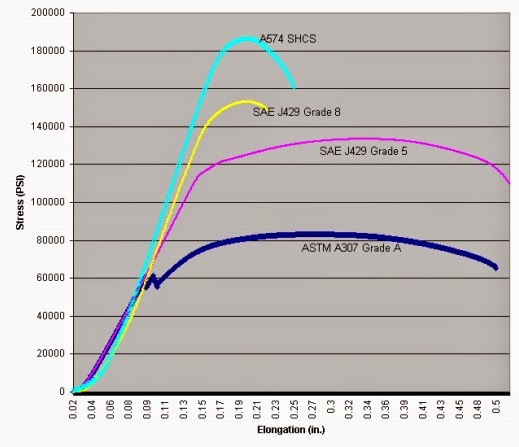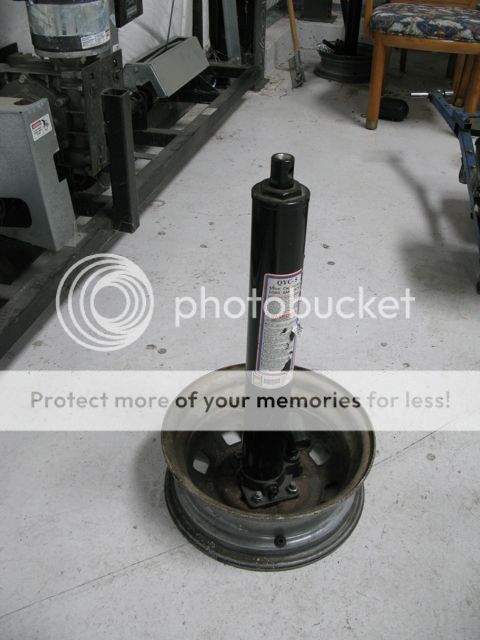This week we started our first annual on our RV10. We had inspected the wheels and brakes and decided to replace the tires and brake pads and service wheel bearings all in one shot after initial inspection. During the build we had the RV10 up on the stands numerous times with these wing jacks with no problems.....Well today we had a problem ..... and it was my fear from the the moment we started using these a year ago. The airplane was just a inch off the tires...a loud snap and a crunch with no danger but it could been much worse as I was working on removing the cotter pin to remove the wheel retainer nut. I didn't think I was creating any movement to the airplane but who knows....I was a Dumb *** for not watching close. The reality is it happens fast and safety is a concern.
..... and it was my fear from the the moment we started using these a year ago. The airplane was just a inch off the tires...a loud snap and a crunch with no danger but it could been much worse as I was working on removing the cotter pin to remove the wheel retainer nut. I didn't think I was creating any movement to the airplane but who knows....I was a Dumb *** for not watching close. The reality is it happens fast and safety is a concern.

I am not exactly sure what went wrong but a few thoughts so this doesn't happen to others if you are using the same system.
1. Do Not lift both sides up at same time, Block the tires on opposite side and nose to prevent the aircraft from moving the aircraft.
2. Do Not lock the homebuilt pipe cap to the stud bolt...oversize the hole and leave the nut above the pipe cap slightly loose to allow the cap to pivot as you lift and lower the aircraft...mine was tight.
3. Use Grade 8 bolts for the stud and keep cap as close to wing skin as possible.

The fix is somewhat simple with installing a stall warning inspection kit in the place of the hole.
This ruined my day but no one got hurt...hopefully this prevents any future incidents.


I am not exactly sure what went wrong but a few thoughts so this doesn't happen to others if you are using the same system.
1. Do Not lift both sides up at same time, Block the tires on opposite side and nose to prevent the aircraft from moving the aircraft.
2. Do Not lock the homebuilt pipe cap to the stud bolt...oversize the hole and leave the nut above the pipe cap slightly loose to allow the cap to pivot as you lift and lower the aircraft...mine was tight.
3. Use Grade 8 bolts for the stud and keep cap as close to wing skin as possible.

The fix is somewhat simple with installing a stall warning inspection kit in the place of the hole.
This ruined my day but no one got hurt...hopefully this prevents any future incidents.




